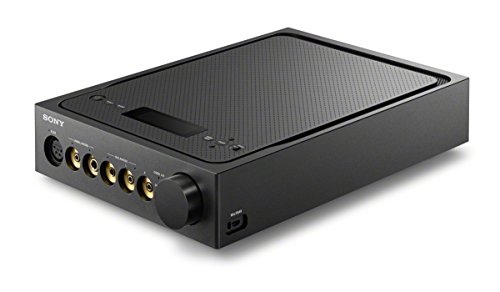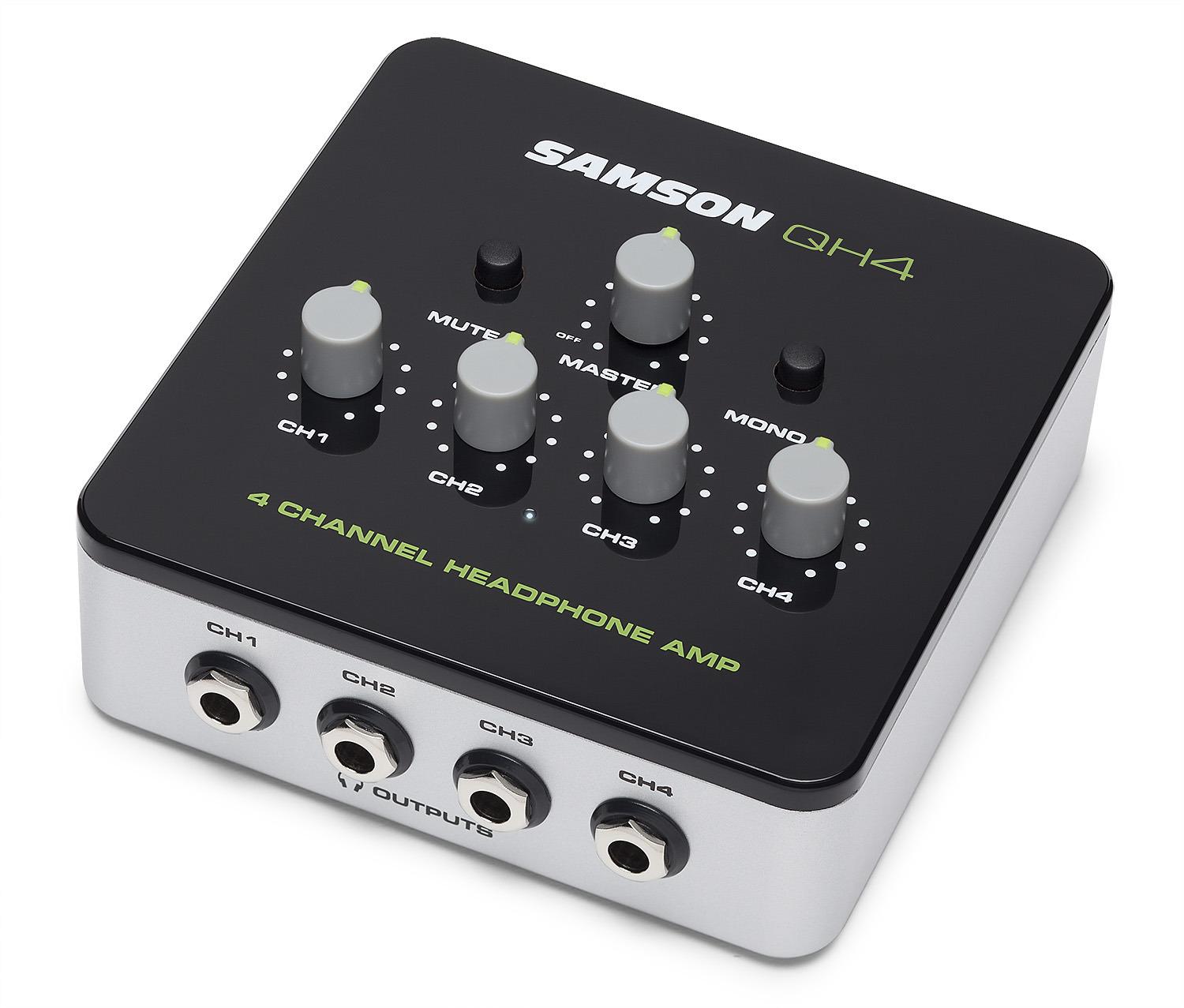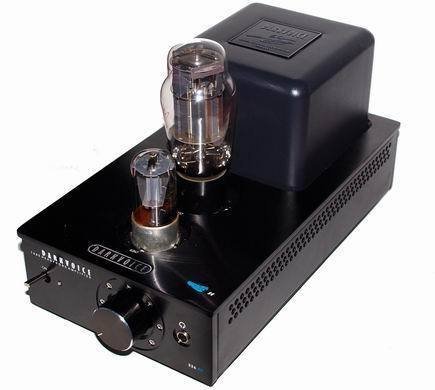Since you’re interested in reading this article, I’d be willing to bet that you’re a person who cares about music and the way they consume it as well. Another thing that I’d be willing to bet on is that you probably own a decent pair of headphones. If that is the case, you’re likely to be wondering if getting a headphone amp will enhance your experience and increase the quality of sound being put out by your headphones. Well, depending on the pair of headphones you own, the answer is yes. A quality pair of headphones paired with a decent headphone amp can renew the way you consume your music and simply raise the level.
What’s a Headphone Amp?
A headphone amp is in essence an amplifier, one that uses the low-level audio signal provided by a source device (whether it’s a smartphone, record player or PC) and amplifies it, i.e., raises the signal to a sufficient, pre-programmed level after which it is converted into sound by the sound driver in the output device (headphones). It’s pretty much the same as full-sized amps that work on full-sized speakers, just at a smaller scale. Using an amp increases the dynamic range of the sound that is put out. It also has an effect on the nature of the sound you hear — depending on the type of amp used, it can change the nature to of the music to a more realistic, natural or smooth form.
Why would you need one?
The gist of it is, your experience of music depends heavily on the equipment you use. The quality of every component involved in the process matters to an extent, some more so than others. Whether it’s the music source (record player, audio files, high res streaming service, etc), the music playing device (headphone, speaker, etc) or the amp and DAC used, external or built-in, both. The whole audio system is interconnected and it’s only as strong as it’s weakest link. Considering that, usually the weakest link is the built-in amp and DAC we all tend to use in our PC, laptop or smartphones. They just aren’t high standard and aren’t equipped with complex circuitry and have a lower input impedance and higher output impedance than standalone amps, which means there is less of a damping effect on audio with wide dynamic ranges. This leads to a drop in overall sound quality output.
The damping effect provided by standalone headphone amps is the reason behind why they can reduce distortion over a much greater volume range. This means that now you can boost the volume up to the highest level and it would still retain its quality and there would be little distortion — which usually presents itself as cackles and rattles on high decibel audio. As stated earlier, loud music will have greater dynamic range and much lesser distortion, but the quiet sections of a song will be filled with more detail as well since the dynamic range is greater overall volume levels. When it’s your first time listening to a song you’ve heard a thousand times on a high-end headphone setup with a standalone headphone amp, you’ll find yourself hearing things you’ve never been able to hear before. Another factor that is key for sound quality when talking about headphones is headphone output impedance. Ideally, for the best sound quality, the impedance of the headphone output should be ten times that of the driving amp. If it’s the headphone impedance is much greater than that of the driving amp, the sound will get drowned out. This is especially a concern for high-impedance headphones, which require headphone amps to run properly and provide a comfortably audible audio experience.
What’s impedance?
The resistance of an electrical signal is called impedance. It is measured in ohms. All you need to know is that the higher the impedance, the more resistance the headphones have to offer and will require higher voltages to produce a comfortably audible audio experience. The impedance of headphones ranges from 16 ohms to as high as 600 ohms. Decent, high-end headphones usually have high impedance, therefore, it’s best if they’re paired with a standalone headphone amp to provide the optimal voltage. On the other hand, low impedance headphones reduce the damping factor thereby reducing the sound quality. So, even low-end, low impedance headphones can benefit from being connected to a headphone amp.
How do you choose an amp?
There are a wide variety of headphones amp out there. There are big, desktop-sized amps that offer the best buck for your money, and there are other, battery-powered amps which are portable and easy to carry. There are also two categories of headphone amps: solid-state amplifiers and tube-based amplifiers. Solid-state amps provide more detail and are bass-heavy, but they lack the realism and richness that tube-based amplifiers provide — albeit without the bass.
Leaks Suggest HomePod 2 Would Have 4-inch Drivers, A10 Chipset, 299$ and Would…What Should You Look for in a Studio Headphone Before Buying OneLeaks Suggest the Apple AI Glasses To Start at $499 US: Would Feature a LiDAR…Rumours Suggest That iPad Pro Models in 2021 Would Support mini-LED Displays, 5G…



